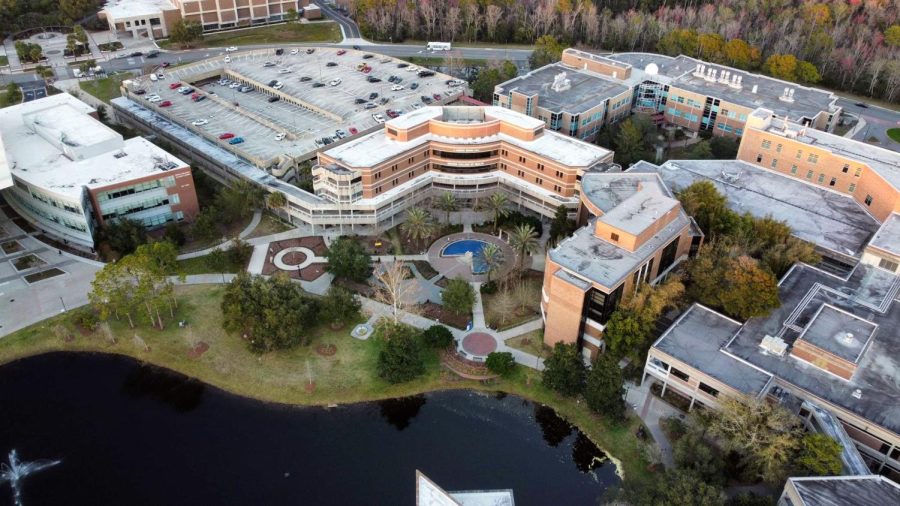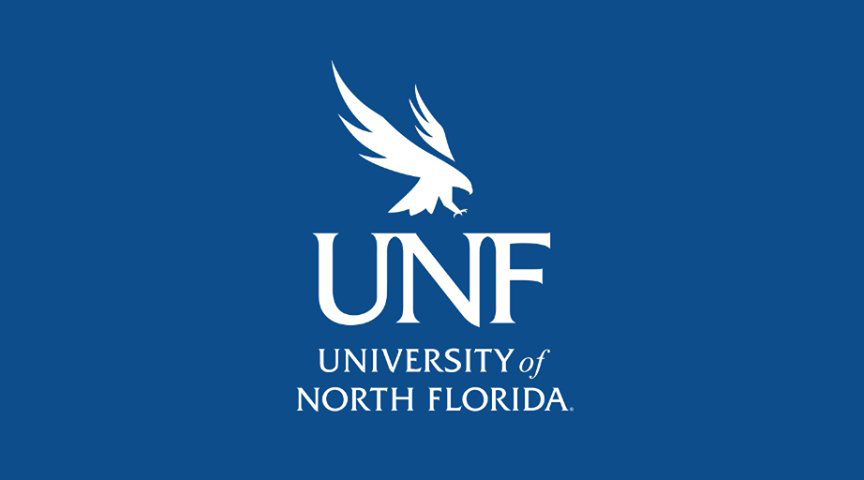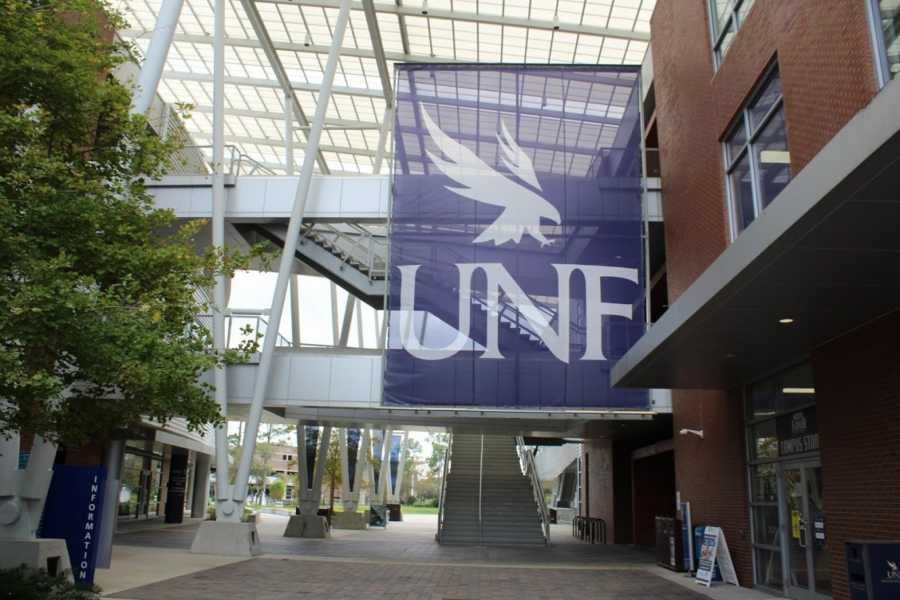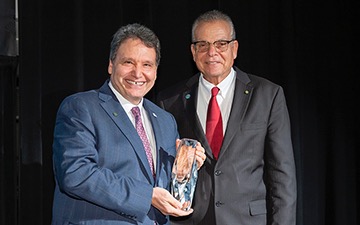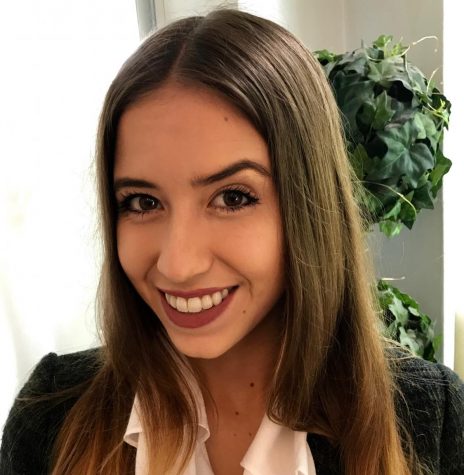Members of the student body, staff, or faculty at the university may have unfortunately had the experience of receiving an email in their university inbox that alerted them of potential exposure to COVID-19.
Spinnaker spoke with Marjorie Hartmann, Lead Nurse at Student Health Services (SHS), to learn about how the process of alerting a covid exposure works.
Hartmann said that there are two different ways students are alerted to exposures, both depending on the severity of the exposure. If a sick student goes to a class, the professor of that class is then contacted and notified of the date and time an exposure occurred.
An email is then sent to the entire class roster that has instructions, a warning, and a date and time of the class that someone, who tested positive for COVID-19, was in attendance. Instructions are then given based on an individual’s vaccination status.
SHS, under no circumstances, reveals the identity of the person who was sick to the professor or class.
“Our number one priority is protecting the identity of the person who’s sick,” said Hartmann.
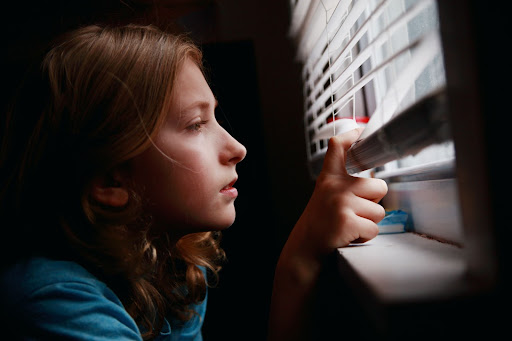
The source of the COVID-19 exposure is under the Health Insurance Portability and Accountability Act (HIPAA) and the Family Educational Rights and Privacy Act (FERPA), meaning that it’s a protected piece of information. Students are under no obligation to reveal to their professor that they were sick with COVID-19 . SHS is happy to provide students with excuse notes whenever they’re sick. Students can give these notes to their professors to account for absences. SHS will also work with students to make up classwork or tests that they may have missed.
According to Hartmann, if somebody has been vaccinated against the virus, the chances of catching COVID-19 are very low. However, these people should monitor themselves for symptoms and, per university policy, if they get sick, self-report and get tested.
If a student is unvaccinated, they should monitor themselves closely for symptoms. Should they get symptoms, SHS recommends that they self-report and get tested. For an unvaccinated person, it is also strongly recommended to wear a face mask for the following two weeks. The chances of an unvaccinated person catching COVID-19 are much much higher than somebody who is vaccinated.
What about in the case of roommates?
“We call the roommates directly to give them more detailed instructions, because a roommate situation is a much higher contact exposure,” said Hartmann.
In a living situation, there’s a much stronger chance for COVID-19 to spread from one person to the other. When it comes to roommates, the instructions on what to do also depend, according to Hartmann.
If a roommate is vaccinated, their chances of catching COVID-19 after exposure is really low. Vaccinated roommates can keep their regular routine, but should watch themselves for any symptoms. For roommates who are unvaccinated, they have to be quarantined because they’ve had a high exposure, due to it being a living situation.
“A high exposure is 15 minutes or more face to face within six feet of somebody who has covid. So when you’re roommates, and you’re in a living situation, you’re always having a high exposure to your roommate. Right? It’s pretty much impossible,” said Hartmann.
An unvaccinated roommate must quarantine for 10 days, and according to CDC guidelines that SHS follows, they can get a PCR test on day five, six, or seven after their last exposure to the person who had COVID. If that PCR test is negative, then on day seven, they can leave quarantine. However, they should continue to monitor themselves for symptoms for a full 14 days after exposure. The students that are vaccinated don’t have to quarantine, but it is strongly encouraged for them to get a PCR test on day three, four, or five post-exposure. If that test is negative, the chances that they caught COVID-19 are very low, but they still should monitor themselves for symptoms for 14 days.

Hartmann explained that the process of alerting exposures does have delays. As soon as SHS is notified that somebody had COVID-19 everyone else will be notified within 24 hours.
“Unfortunately, a lot of the student population is not notifying us when they have COVID because they don’t want to be put into isolation.They don’t want to be told that they’re not allowed on campus until they’re better,” said Hartmann. “So when the students don’t tell us until, you know, five days after the class, we’re not informing their class until five days, six days, after they were there.”
Hartmann said that it really is a partnership with the student body. The more students reach out to SHS when they’re sick, the better protected the entire campus community can be.
COVID-19 positive case numbers have dropped and been in decline for the city of Jacksonville, as well as the UNF campus. SHS is not seeing an increase in COVID-19 cases right now, but rather an increase in cases of the flu and common cold, according to Hartmann.
If you’re a student, who is sick with anything at UNF, you can reach out to SHS and set up a telehealth appointment. Telehealth appointments can be done from the comfort of your own bed.
For more on setting up a Telehealth appointment, click here.
For more information on Student Health’s services, or COVID-19 vaccines, immunizations, and testing, click here. You can also find more information at cdc.gov.
___
For more information or news tips, or if you see an error in this story or have any compliments or concerns, contact editor@unfspinnaker.com.




